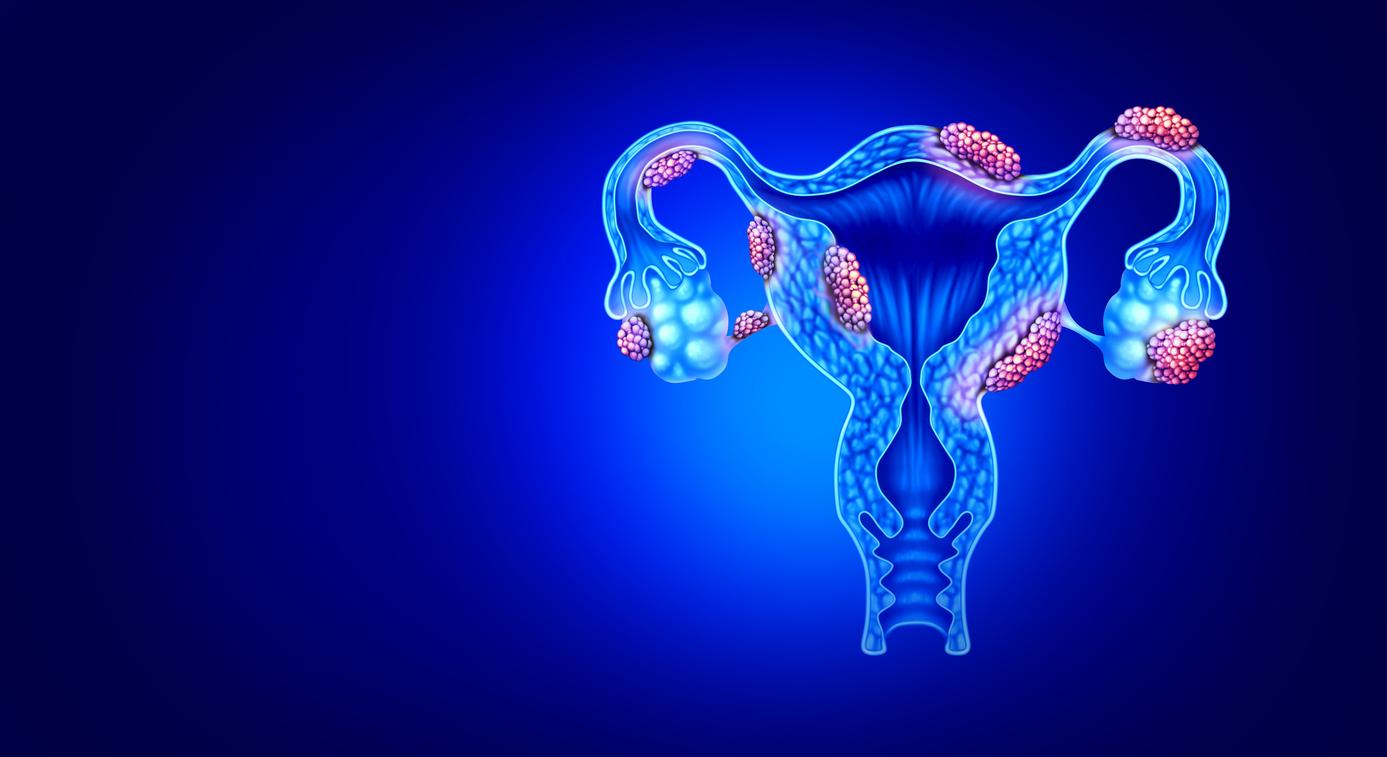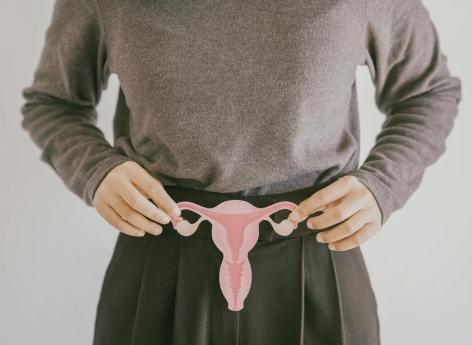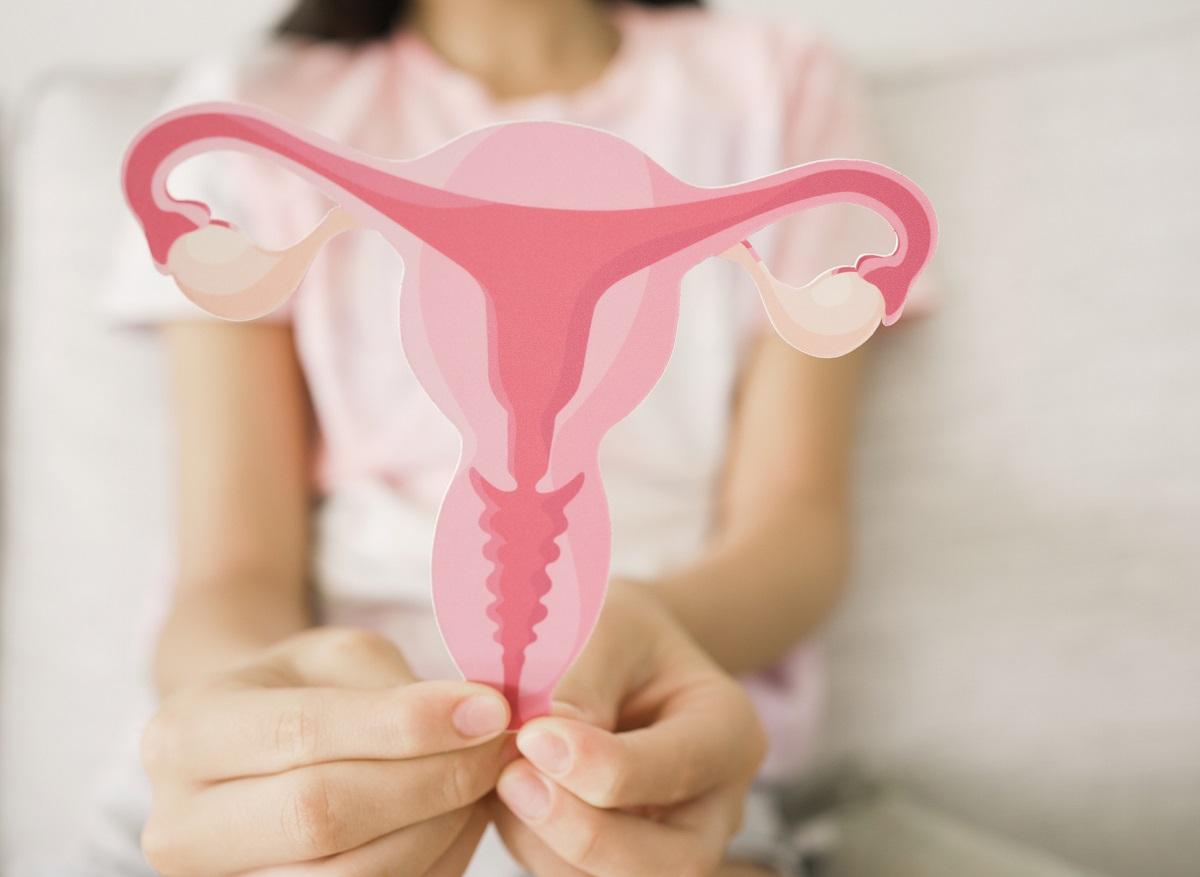A press lunch was held in Paris, in the presence of Coralie Marjollet, president of the IMAGYN association, and Dr Enrica Bentivegna, surgeon specializing in gynecological and breast cancer surgery at the Georges-Pompidou European Hospital (AP-HP ).

- Céline Chauleur, head of the Gynecology-Obstetrics department at Saint-Étienne University Hospital, operated on her first patient yesterday with the latest generation da Vinci Single Port robot.
- “One of the goals of current medicine is to provide the best access to quality care for all women.”
- “This is a complete game-changer, especially in long and complex operations. We operate better, more precisely, and in better conditions,” she added.
The event highlighted the remarkable advances in robotic surgery, particularly its impact on women’s health. As 2025 approaches, this surgical technique promises to redefine gynecological surgery, making it more precise and less invasive, with real benefits for both patients and surgeons.
Minimally invasive surgery, an asset for patients
“We must dare to talk about gynecological cancers. By daring to talk about it to those around them, women will be able to get advice from specialists. They will know that in expert centers, they will benefit from these latest technological advances and that these surgical robots exist!”explained Coralie Marjollet. Thanks to the cutting-edge technology of surgical robots (which, I would like to point out, are present in all AP-HP hospitals) patients today benefit from optimal monitoring and less traumatic treatments. This allows trained surgeons to perform complex procedures with reduced incisions, thereby minimizing post-operative pain and promoting faster recovery.
For comparison, endometriosis, the surgical treatment of which is almost similar to that of a gynecological cancer. “This disease attacks adjacent organs. The type of dissection, of surgical gestures, is exactly the same (as in oncology) and I would even say that for certain places it is even more difficult than oncological surgery because we must preserve the organs. Whereas in the oncological strategy, we cannot leave the diseased organ in place. In the case of endometriosis, the uterus may have endometriosis spots or other areas and we must preserve it. The help of robotic surgery is therefore extremely important for this type of pathology as for another benign pathology which is very common such as uterine fibroids (polymyomatous uterus). These fibroids are “balls” of benign muscles which develop in the uterus and can be located with different thicknesses, different sizes (up to 10 or 20cm) within the myometrium, outside the organ having a little clip…” Under these conditions the robot turns out to be very interesting: “Thanks to the possibility of being able to bypass the organ, to make very precise gestures, this allows us today to remove large uteruses while using very small incisions.“
“Surgical treatment of a gynecological pathology must be done in an expert center equipped with the latest technologies.recalled the president of the IMAGYN association. Thanks to this vision, robotic surgery makes it possible to intervene with exceptional precision, essential in cases where it is essential to preserve adjacent organs, as is the case in endometriosis or during the removal of uterine fibroids. .
Robotics for surgical performance
The benefits of robotic surgery are not limited to patients. Dr Bentivegna insisted on the usefulness of mastering these new tools: “We are fortunate to use a high-performance device, but this requires rigorous and codified training. We need to know the machine and how to use it properly.” These robots, capable of performing movements with great precision, significantly improve the quality of care, particularly for long and complex procedures.
On the question of patient reassurance in the face of these innovative technologies, Dr Bentivegna is rightly reassuring: “I take the time to explain the different surgical options to patients. Depending on their pathology, we evaluate together the real benefit of robotic surgery.” Thus, each case is analyzed individually, taking into account the specificities of the patient and her pathology.
Significant advantages for surgeons
In addition to the advantages for patients, robotic surgery also offers significant comfort to surgeons. “One of the great benefits of robotic surgery is to allow the practitioner to operate in optimal ergonomic conditions.explained Dr. Bentivegna. Surgeons can thus work in a seated position, with high-definition 3D vision, while reducing physical fatigue during prolonged procedures. “This is a complete game changer, especially in long and complex operations. We operate better, more precisely, and under better conditions.”she added.
This technology also helps minimize the risk of tremors, thus increasing the precision of surgical procedures. For Dr. Bentivegna, this comfort for the surgeon is an integral part of the performance of the interventions. “The better we are set up, the better we operate. This directly translates into a superior quality of care for our patients.”
The future of robotic surgery in France
Robotic surgery, already well established in France, continues to evolve. The latest model developed by the Intuitive brand, the SP (Single Port) system, has just been implemented for the first time at the Saint-Étienne University Hospital. This system allows complex procedures to be carried out through a single incision, or via a natural orifice, further reducing the impact on the patient’s body.


















